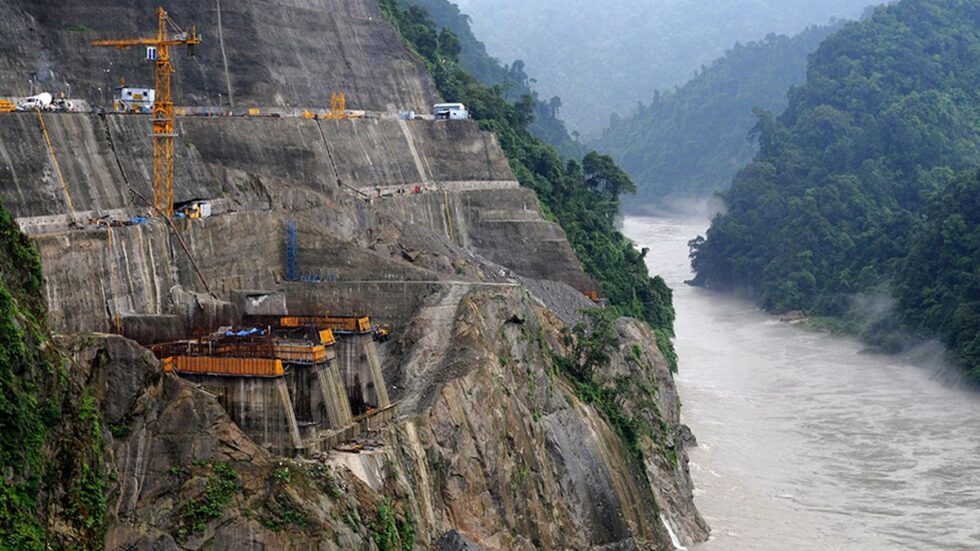
The NHPC’s plan to start generating electricity from the 2000 megawatt Lower Subansiri Hydroelectric Project (LSHP) has triggered downstream impact worries in Assam, specifically because an independent reservoir management authority recommended by an Environment Ministry-constituted panel has not been set up.
R.K. Chaudhary, the NHPC’s Chairman-cum-Managing Director, said in an interview on March 28 that the reservoir of LSHP would be filled by April, and three or four units (750 or 1,000 MW) of the hydropower plant would get commissioned by end of May.
The dam of the much-delayed project, straddling the Arunachal Pradesh and Assam border, is on the Subansiri river. Its reservoir, with a surface area of 33.5 sq. km. at normal level, has a gross storage capacity of 1.37 cubic kilometres.
The target fore May-end has stirred organisations such as the All Assam Students’ Union (AASU) into action. In a memorandum to Chief Minister Himanta Biswa Sarma a few days ago, the union criticised the Centre for failing to honour its previous commitments and demanded a scientific and permanent resolution of the downstream impact of mega dams such as the LSHP.
The AASU was not specific, but hydrologists and environmentalists in Assam and beyond said the concerns relate to the recommendations of a three-member expert committee on reservoir management in 2019 and a report submitted by the Wildlife Institute of India (WII) to the National Board for Wild Life (NBWL) on the possibility of elephants getting washed away during “panic release” of water from the LSHP reservoir.
The committee said the Centre should constitute a Subansiri Independent Integrated Reservoir Management Authority (SIIRMA) or Subansiri River Basin Authority to regularly monitor the reservoir level and minimise downstream “danger” during panic water releases, especially during floods. Other recommendations included running at least one unit continuously to ensure a minimum release of 240 cumec water downstream and ensuring that peaking discharge release does not aggravate the erosion of Majuli Island in the Brahmaputra river downstream.
“The NHPC, the Centre, and the Assam and Arunachal Pradesh governments accepted the expert panel’s 2019 recommendation, which requires setting up the SIIRMA before filling up the reservoir and commissioning the LSHP,” an ecologist, declining to be named, said.
“The SIIRMA cannot be postponed to 2026 when all eight units of the mega project are scheduled to be commissioned, as the reservoir needs to be managed by the independent authority irrespective of how much power is generated,” he said.
The expert committee was set up by the Environment Ministry following a 2017 order by the National Green Tribunal (NGT), which cleared the LSHP in 2019. This fast-tracked work on the project started in 2005 but was suspended from 2011 to 2019 due to local protests.







